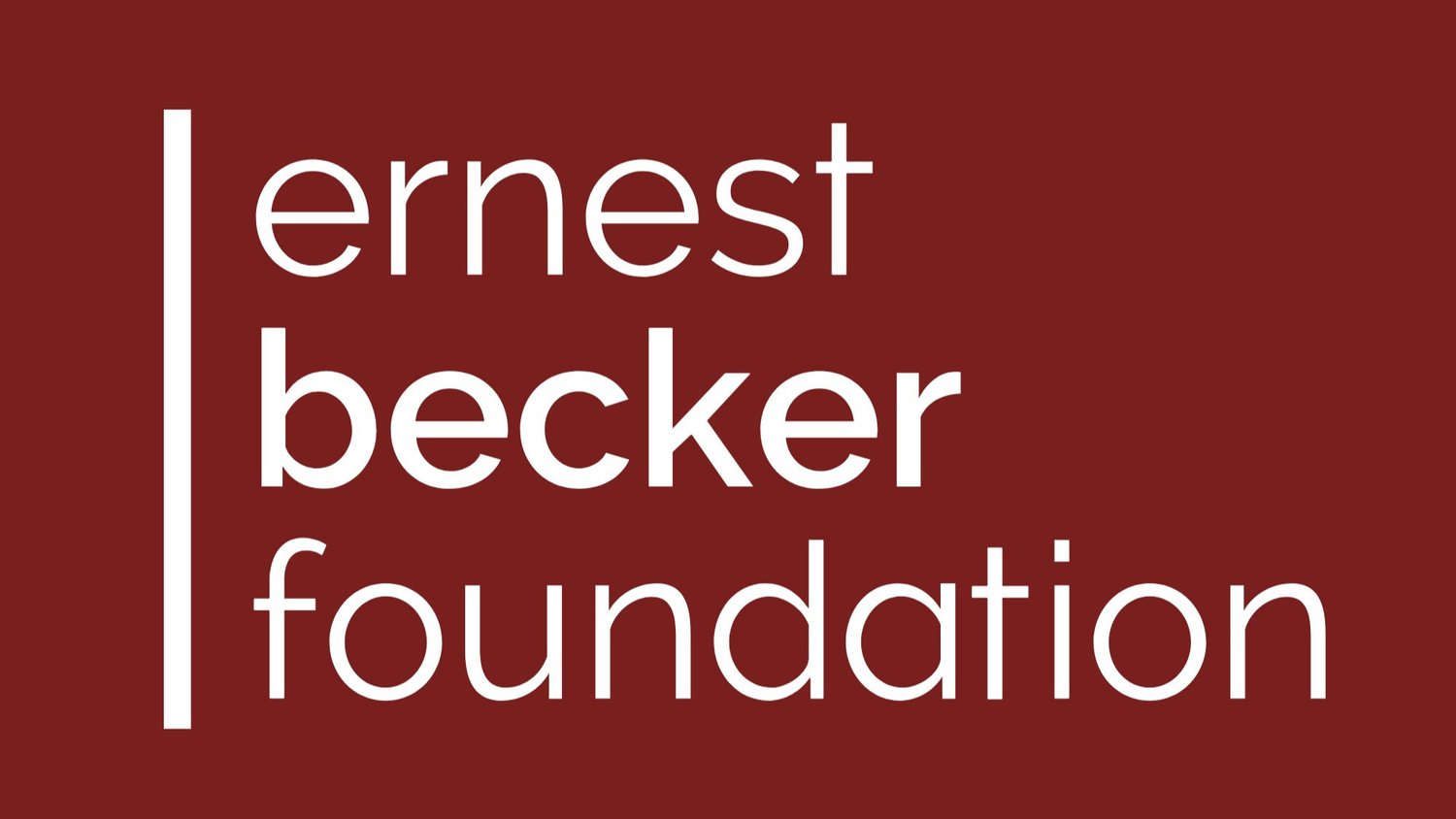Flirting with Death: Psychoanalysts Consider Mortality
By Lyla Rothschild | May 20, 2020
Flirting with Death: Psychoanalysts Consider Mortality is a collection of essays by psychoanalysts in which they bravely address an unspoken pattern within their own field: avoidance of discussions around mortality, their own and that of their patients.
The book opens with a quote from a 2016 article by Martin Frommer: “psychoanalysis has been like the close friend who is not to be found when death takes center stage…the human awareness of mortality continues to be treated as if it were not a defining psychic issue” (p. 374). Flirting with Death was written as a response to this lack of attention, illuminating the various ways in which death, while not always center stage, is very much at play in our psychology. With striking candor—and Beckerian references—the authors address some of the reasons for and the ramifications of death-denial in the context of psychoanalysis.
Many of the authors have had direct personal experiences with mortality, making them subsequently more attuned to their own denial. Henri Parens escaped a concentration camp during the Holocaust at age 12, and discusses how confrontation with mortality at such a young age impacted his approach to his own patients’ death anxiety. Corinne Masur experienced the death of her father in her youth, and she herself had a heart attack in her 40’s. Nancy McWilliams lost her mother at age nine, had breast cancer in her 20’s, and a carcinoma diagnosis at age 70. Ruth Garfield had cancer three separate times: twice-diagnosed with breast cancer in her 30’s, and more recently with leukemia, requiring a bone marrow transplant. These analysts among others address the lack of support from within the psychoanalytic community, and the extreme barriers to discussion due to the presence of denial even amongst colleagues. One might expect psychoanalysts to be among the most understanding and compassionate bunch, but this heightened sensitivity may backfire; colleagues’ illnesses may serve as a reminder of their own vulnerability, which they are resistant to discussing. This results in a vicious cycle of denial, isolation, and lack of support. As Nancy McWilliams writes in her chapter, “I see no evidence, though, that psychoanalysts as a group are any more comfortable with the reality of death than anyone else…” (p. 27).
In Western medicine, those in healer roles are hesitant to acknowledge their own mortality; there is a cultural expectation for doctors and clinicians to put forth an image of health, strength, and invulnerability, almost as if they are immune to illness. Thus, denial is often culturally sanctioned, and expected. But when clinicians invest heavily in this script, it may do more harm than good, especially in the realm of psychoanalysis. Ellen Pinsky writes, “The psychoanalytic situation induces an extraordinary intimacy that is its reason to exist…But the patient is in a quandary if the helper is shy of endings” (p. 146). When an analyst cannot engage with their own death and the patient brings up mortality concerns, the analyst may be unable to fully explore these themes with the patient. This limits and cuts off the relational dynamic that is essential to psychoanalysis.
Ellen Pinsky calls out herself and fellow analysts on their reluctance to address this issue and asks, “Is it an ethical violation not to provide for our patients’ care should we be lost, whatever form that loss takes?” (p. 149). She suggests that an avoidance of planning for the inevitable is to potentially neglect one’s client. This neglect is motivated by the same desire all humans have—to deny our own mortality. Lack of planning for one’s own demise (and lack of a push for this from within the profession) is another symptom of cultural, systemic denial.
The book is full of invaluable personal anecdotes and experiences that add much to the discussion on cultural death denial. Although not everyone will have encounters with mortality in such direct ways as these authors, all of us will encounter our own mortality at some point. Corinne argues for the necessity of a cultural change, and for the responsibility of psychoanalysts especially to have a plan in place, for the sake of themselves and their patients. Note, this responsibility does not just fall on psychoanalysts alone; in order for analysts to better confront mortality, there must be a larger space within our culture to do so.
This book is an essential contribution, offering raw and firsthand accounts of why reducing denial is important, while also showing what benefits can be had from confronting mortality. Although it’s not easy, undermining our denial has benefits for the patient and clinician. Co-author Harvey Schwartz states, “Our illnesses, like our mortality, mark us all in common as human” (p. 118). To deny our mortality is to deny our humanity.
For an interview with the author, click here.

